
Resting
After tissue injury, there is a sequence of events intended to repair the damage. First, the acute inflammation (redness, swelling, warmth, pain) causes a regional increase of blood flow, which brings immune cells and scavenger cells to the site to remove the damaged tissues. Then a clot forms at the site of damage, which is slowly replaced by granulation tissue and then by mature tissue or scar tissue. These processes require a large amount of energy. Resting will limit movement between the two wound edges and preserve energy which can be utilized for healing. Patients will feel ill after a big injury, due to chemicals released from the damaged cells and immune cells. Limited movement will maintain a good kidney perfusion which will flush out these chemicals and speed up general recovery.
- Important notification about information and brand names used in this slideshow!
- Photo courtesy of Becky Wetherington by Flickr : www.flickr.com/photos/macbeck/3968254850/
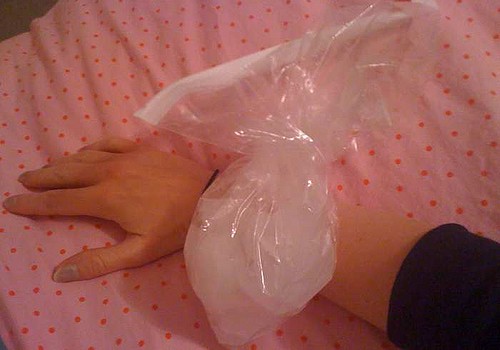
Ice Pack
Ice packs act in two ways to stop bleeding. Placing an ice pack directly over a wound will exert pressure on the damaged vessels and stop the bleeding. The cold will also elicit vessel constriction. This local reduction of blood supply will stop bleeding but it may also delay healing. A good blood supply is needed to bring the effector cells to the site to remove debris and induce cell repair. It is not beneficial to keep an ice pack on for long because cold itself will cause tissue damage. Keeping an ice pack on an area which suffered an impact very recently will reduce bruising, but once the bruise is established an ice pack won't help.
- Important notification about information and brand names used in this slideshow!
- Photo courtesy of alice tiara by Flickr : www.flickr.com/photos/alicetiara/3653328167/

Compression Bandages
A compression bandage is a very good method to provide support to a sprained joint. It will limit movement while allowing a certain degree of functionality. Associated damaged tissue will heal more quickly because of the immobilization. Repeated movement between the two edges of a wound will disrupt clot formation and deposition of granulation tissue, and it will also cause additional microscopic tissue injury which will enhance the tissue reaction and delay healing. Certain precautions need to be taken while applying a compression bandage. It should be clean. If any open wounds are there at the site those need to be dressed first. Compression bandages should not be applied too tightly and once applied distal pulses should be palpated to confirm intact distal circulation.
- Important notification about information and brand names used in this slideshow!
- Photo courtesy of chrstphre ㋛ campbell by Flickr : www.flickr.com/photos/chrstphre/2153090241/
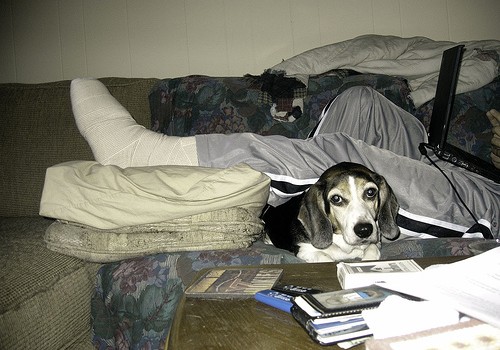
Elevation
Elevation is a common and very effective method of first aid. Elevating the cut finger above heart level will effectively reduce bleeding. Elevation while using direct pressure on the wound to compress damaged vessels will quickly produce heamostasis. Elevation of a swollen limb is also used to reduce swelling and to reduce pain. Fluid tends to accumulate in the most dependent part of the body. While standing, that means the lower limbs and while supine it is the lower back and sacral area. When a limb is swollen, the pressure exerted by the accumulated fluid will cause severe pain. When it is elevated, the swelling and pain will be less.
- Important notification about information and brand names used in this slideshow!
- Photo courtesy of Vicky Somma by Flickr : www.flickr.com/photos/tgaw/348022458/
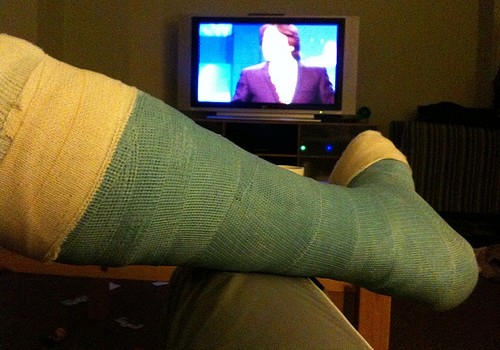
Other Form Of Treatments
If a large blood vessel is damaged in an injury and torrential bleeding occurs, neither compression nor direct pressure will stop the bleeding. The best step is to rush the patient to a hospital or call 911. But until professional help is available, the patient’s life can be saved by applying a tight tourniquet just above the injury site. This should only be done as a life saving measure to prevent exsanguination. This is a dangerous task because a tight tourniquet will stop the circulation beyond it and if it is left tightened for a long while the limb beyond the tourniquet will not be viable.
- Important notification about information and brand names used in this slideshow!
- Photo courtesy of samwebster by Flickr : www.flickr.com/photos/samwebster/4370920303/
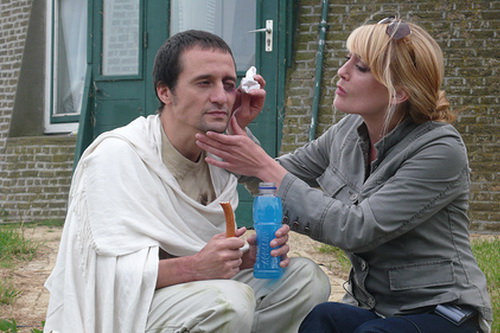
Bruises
Cooling the area which suffered the impact immediately will reduce bruising and swelling. Placing an ice pack on the area on and off for 24 hours should effectively eliminate bruising. An ice pack should not be placed directly on the skin. Place a towel over the area and then apply the ice pack. Resting the area is essential. Elevating the area will help reduce swelling as well as pain. Simple pain killers can be used. Paracetamol is a good option. But avoid NSAID (ibuprofen, aspirin) as they can increase bleeding and bruising. Consult your physician if there is extreme pain, inability to move a joint, (fracture) profound swelling and discoloration (bleeding disorders).
- Important notification about information and brand names used in this slideshow!
- Photo courtesy of The Joneses by Flickr : www.flickr.com/photos/wherearethejoneses/1303677769/
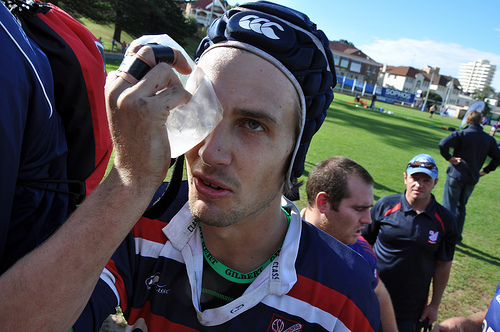
Black Eye
A black eye is due to bleeding under the skin around the eyes. In a skull fracture, blood tracts down from above and accumulate around the eyes. If a person has two black eyes and a history of head injury, always call 911. Don’t try to move the patient because he may have a neck injury as well. If you move a patient with a cervical vertebral fracture you may cause a serious spinal injury. You might feel crepitation around the eye (trapped air). Look for patches of bleeding on the white of the eye, double vision, visual halos, severe headache and loss of consciousness. If any of above is present, consult your doctor immediately. Apply direct pressure over the eye and do not press on the eye. Ice on and off will reduce swelling.
- Important notification about information and brand names used in this slideshow!
- Photo courtesy of Alex Cheek by Flickr : www.flickr.com/photos/cheek/3625172430/
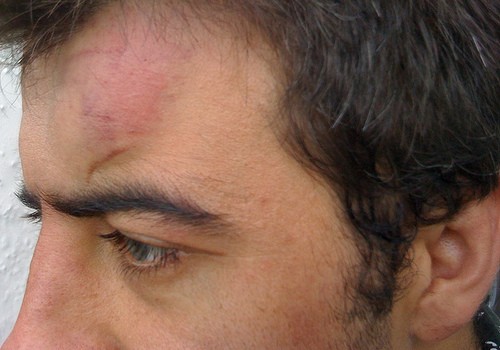
Head Bumps
Head bumps are very dangerous to elderly people because there is age related cerebral atrophy. There is a high risk of disruption of cerebral veins resulting in an intracranial bleed. Normally, a mild head bump will not need anything. If it is a fairly big bump, an ice pack would be the best to reduce the swelling. If there is a scalp wound, there will be a lot of bleeding because the veins are held open due to tissue tension. Direct pressure will staunch the bleeding till the patient is taken to the hospital. Some scalp wounds might need suturing. If the patient vomits more than once, feels very sleepy, uncoordinated, loses consciousness, complains of a severe headache or cannot move a limb, immediate medical attention is needed. Care should be taken in moving victims with head trauma due to the risk if spinal injury.
- Important notification about information and brand names used in this slideshow!
- Photo courtesy of William McInnes by Flickr : www.flickr.com/photos/mrwilleeumm/2988573293/
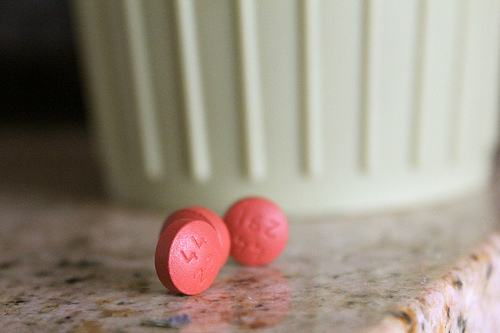
Analgesic/Pain Relievers
After an injury, it is better to avoid drugs that may increase bleeding. Non-steroidal anti-inflammatory drugs such as diclofinac, ibuprofen, mefenemic acid and naproxen may increase bleeding and interfere with hemostasis if surgery is needed. Drugs that may induce sedation should be avoided after a head injury because they can interfere with assessment. Actually, if the injury is serous it is better not to give any over the counter pain killer until the patient is medically assessed. As long as there are no known allergies, paracetamol is the best pain killer to be used. It does not interfere with any mechanism of wound healing and it is not sedative.
- Important notification about information and brand names used in this slideshow!
- Photo courtesy of Quinn Dombrowski by Flickr : www.flickr.com/photos/quinnanya/6803440657/
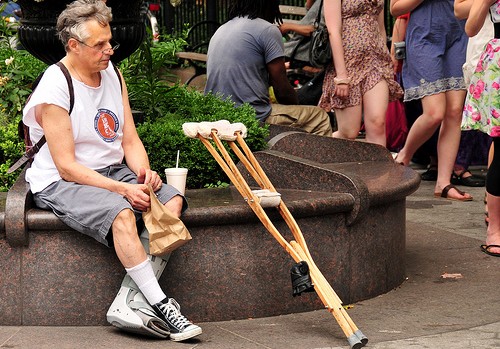
Helpful Devices: Crutches And Braces
Crutches are used by patients with lower limb fractures to take the weight off the injured limb. During the early phase of healing, the soft tissue which formed between the two fracture surfaces is brittle and easily damaged. It cannot bear weight. Until the bone is ossified, the weight should be kept off it. Then normal weight should be put on it because bone remodels itself to efficiently bear weight. Fractures of an upper limb need to be immobilized for 6 weeks, while lower limb fractures need to be immobilized for 12 weeks. Children only take half the time to heal. A plaster cast achieves satisfactory immobilization if applied correctly.
- Important notification about information and brand names used in this slideshow!
- Photo courtesy of Ed Yourdon by Flickr : www.flickr.com/photos/yourdon/2653622325/



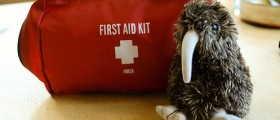



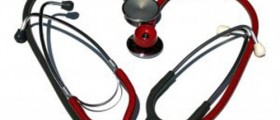


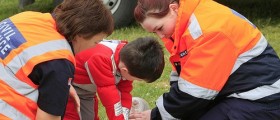



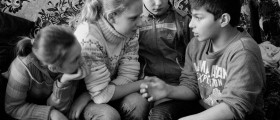
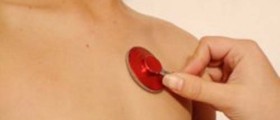

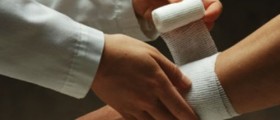


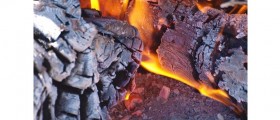
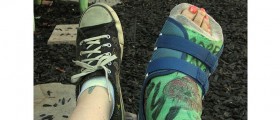
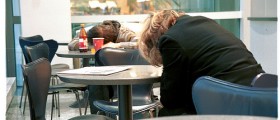
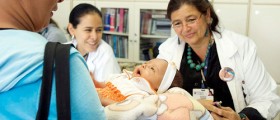



Your thoughts on this
Loading...